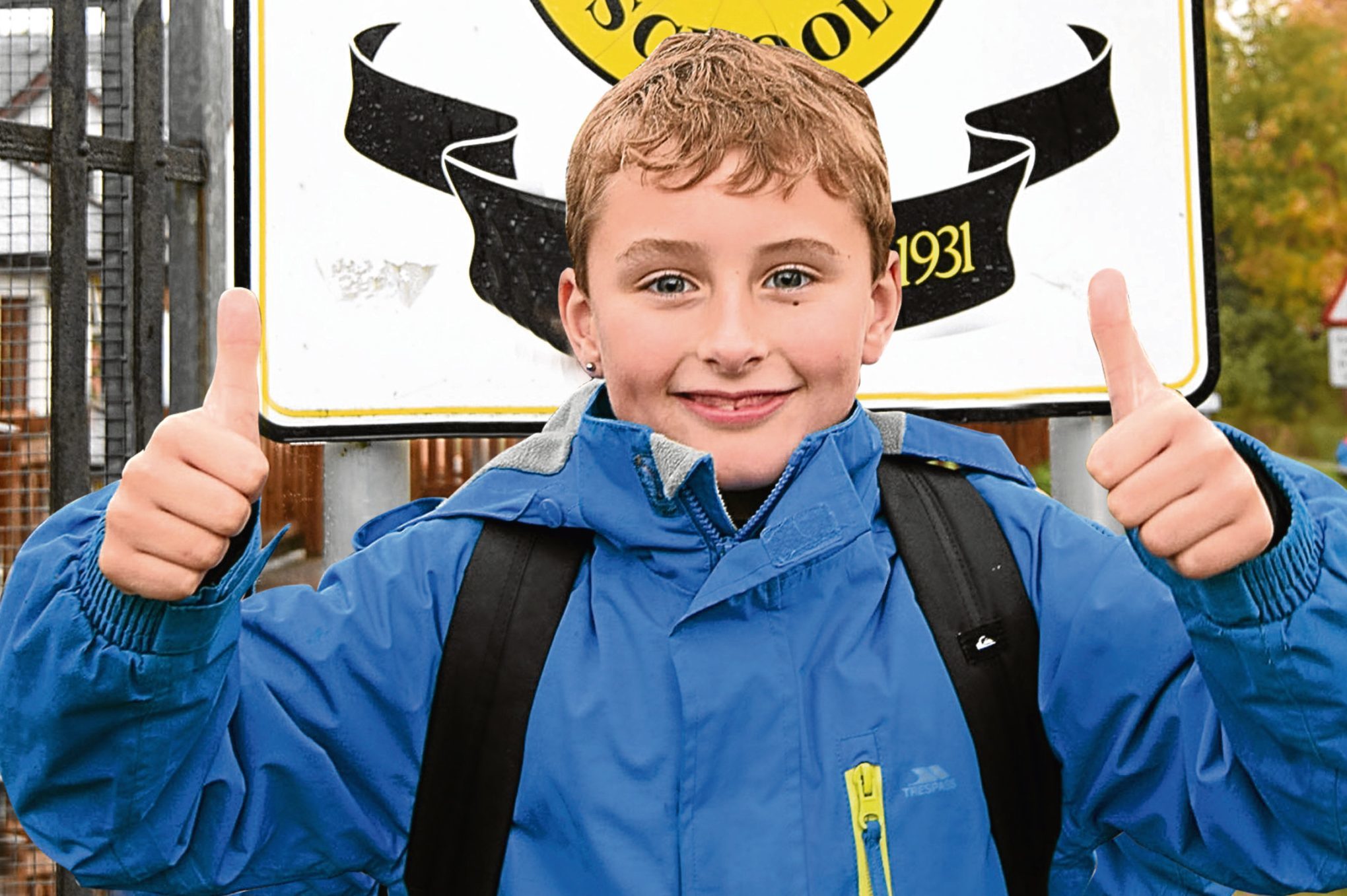
IT’S a debate that has divided pupils and parents for years – is homework a good idea?
If one Scottish school which voted to ditch homework is being used a guinea pig, then the days of kids being given sums to do at home could be numbered.
Last November, The Sunday Post revealed Inverlochy Primary in Fort William had taken the unusual step of banning homework following a vote from pupils, parents and teachers.
The school’s 10 teachers were split 5-5, while 62% of parents and 79% of pupils were in favour of a ban.
According to the Educational Institute of Scotland (EIS), it was the first time parents had actively voted to abolish homework.
We’d rather our kids read a good book: Parents vote to ban homework at Highland school
A year on, it’s still widely backed by parents and pupils but there hasn’t been a rush of others following Inverlochy’s lead.
Barry Hutchison, 39, whose nine-year-old daughter Mia is in primary 4 at the school, believes the change has been a success.
“I’m delighted,” he said. “Mia is more relaxed, she has more time for clubs and seems to be performing as well, if not better, than before.
“Teachers have said there’s been no slip in standards so I’d say it’s been a resounding success.
“If you want your child to do more work at home, the opportunities are still everywhere. You can go online and get plenty of resources. No one should be missing out, but it takes the pressure off.
“It means more time for hobbies for kids to enjoy being kids.”
Instead of being assigned work to take home, pupils are encouraged to read books, magazines and comics for pleasure every night in the time they used to use for homework.
Levi Maclean, a seven-year-old pupil at Inverlochy, voted to keep homework last year but his mum, Leona Jones, 35, said he was happier at home since the change.
She said: “I wasn’t sure, but it hasn’t lowered his level of learning so I’m happy. We still do reading and sums at home but there isn’t the same expectation.
“We speak to a lot of kids at other schools which get a lot of homework, which takes a lot of time and causes arguments for adults and kids, so they are screaming out for this.”
King’s Road Primary in Rosyth scrapped homework in October 2016 but some parents complained about the decision as they hadn’t been consulted.
It is likely that many are keeping an eye on Inverlochy’s progress, not just in Scotland, but across the world.
There has been fierce debate in educational circles about whether homework is good for youngsters which has been raging for years.
Parents of students from 12,000 schools in Spain staged a protest telling pupils not to do their homework for a month, claiming they were given too much.
The revolt followed an American study revealing 82% of parents thought their children get too much homework, with half believing it harmed family life.
A spokesman for the EIS said: “There continue to be a wide range of views and considerable debate within the educational community regarding the value of homework.
“An increasing number of schools have taken the step, following consultation with parents, to move to alternative means of supporting independent and home learning.
“What is important is that schools and teachers work together with parents and carers to support pupils in the models of learning that best suit the children concerned.”

Enjoy the convenience of having The Sunday Post delivered as a digital ePaper straight to your smartphone, tablet or computer.
Subscribe for only £5.49 a month and enjoy all the benefits of the printed paper as a digital replica.
Subscribe